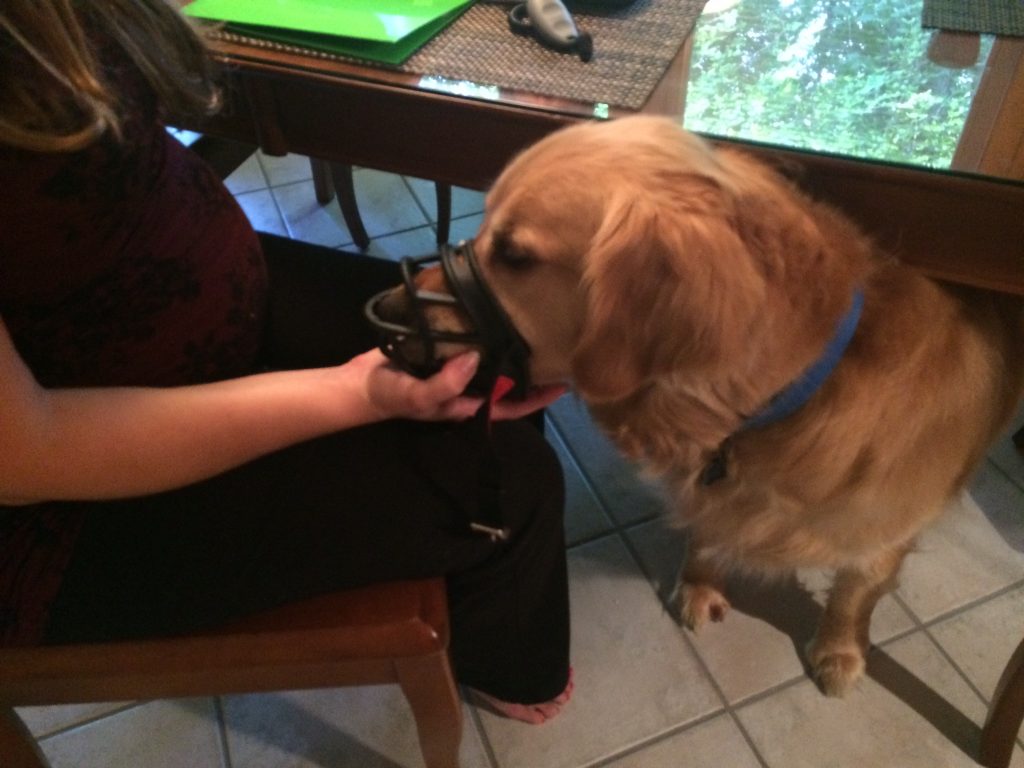“Why don’t my clients follow my instructions? The training would go so much more smoothly and progress much more quickly!”
“I wish my clients wouldn’t text me 1 hour before our lessons and cancel!”
“How do I get my clients to stop calling and texting me outside of my business hours? I’m never off the clock and it’s exhausting!”
 What if there was a way to help your clients behave in the way you want them to? To eliminate their confusion and improve their compliance with your training program?
What if there was a way to help your clients behave in the way you want them to? To eliminate their confusion and improve their compliance with your training program?
Fortunately, there is. Client’s behavior is actually remarkably similar to dog’s behavior. They behave in the only way they know how – until they’ve been taught differently.
You can put some processes in place to protect your schedule, income, and “time off the clock.” Just like when you set up the environment for a dog to choose the right behavior – you can have the same approach when working with your (human) clients.
Understand Your Client’s Whole Situation
A dog’s behavior is always impacted by its environment. The people, home, community, and so many more variables affect how you will approach their training goals. Ensuring that you gather all the right information up front in a dog training client-intake form or in-person evaluation is critical to crafting a dog training plan. (That’s one reason I created these templates for my readers.)
Family & Compliance
To get even deeper than what’s on paper, you’ll want to dig into the reasons why the family is interested in training. Often, a spouse or family member is unhappy with the current living situation with the dog. Address their concerns, understanding where they’re coming from, and showing how the training plan will address their challenges will improve compliance greatly.
It’s not enough to say, “Ok, you need to teach the dog how to sit, stay, and walk nicely on a leash.” You’ll need to explain why and how the training program will help them reach their goals. This small extra step will help get the entire family on board for training and motivate them to stick through it. Showing them why their homework is important can help reduce the feeling of overwhelm.
Lifestyle
 Thorough questions when you first begin working with a client will help you understand their situation and lifestyle. Whether they are a busy family of 5 always running left and right to sports practice or a busy professional that travels 3 weeks out of each month, these details on their lifestyle will help you understand their capabilities and design a training program that will best suit their needs. By truly understanding your client and being flexible, you can provide the right services to help them reach their dog training goals more quickly and effectively.
Thorough questions when you first begin working with a client will help you understand their situation and lifestyle. Whether they are a busy family of 5 always running left and right to sports practice or a busy professional that travels 3 weeks out of each month, these details on their lifestyle will help you understand their capabilities and design a training program that will best suit their needs. By truly understanding your client and being flexible, you can provide the right services to help them reach their dog training goals more quickly and effectively.
While there are compromises and improvements that can often be made, it’s not your responsibility to change someone’s lifestyle to match their dog. As a dog trainer, you have to help the dog adapt to the client’s lifestyle and goals as much as possible. (Unfortunately, when this isn’t possible, rehoming a dog might be the best solution for everyone’s mental health.)
Failing to fit their training program inside their current lifestyle could be asking your client to change too many things about themselves to have good compliance and a successful training program. Don’t try to put a square peg in a round hole. A client that is extremely overwhelmed could lead them to believe you’re not the right fit for their needs and could even result in a bad review online. Great dog trainers understand their client’s limitations and provide a plan that adds responsibilities and changes incrementally instead of all at once.
Understanding Their Priorities
Similar to understanding a client’s lifestyle, knowing what your client’s priorities are is critical to motivating them. However, understanding their priorities isn’t quite as simple as it might seem. If a client says they want to teach their dog to “sit,” you have to dig deeper into their motivation for wanting this behavior. Is their priority to have a dog that behaves around visitors? Do they want their dog to listen to them around their children? Do they want their dog to become a therapy dog eventually?
Don’t take client’s requests at face value. Ask why (a few times) and see what your client truly wants from their dog. When you understand your client’s priorities, you can create a plan that satisfies their needs and increase their compliance. Don’t just go by what you think should be the priority for their situation. They have to be on board, too.
Establish Policies to Protect Your Sanity
One of the best ways to prevent overwhelm and get better compliance with new clients is to make sure they know the “rules and expectations” before they even begin working with you. In the template bundle, I provide a welcome packet that you can use to list out your expectations around communication, office hours, how lessons or classes work, and other processes that will help your clients understand how to work with you.
Being clear, concise, and consistent with clients will help them be successful (just like dog training, right?) A welcome packet answers those FAQs and gives you a foundation in case you need to enforce one of your policies.
 Decrease Overwhelm & Increase Client Compliance with the Right Forms
Decrease Overwhelm & Increase Client Compliance with the Right Forms
As dog trainers, we know that prevention is always the best policy and preparation is the best form of prevention. I want you to feel confident and professional in your business which is why I created the New Dog Training Business Template Bundle. This bundle includes an in-depth new client intake form, in addition to 9 other templates, that you can start using today.
View the New Dog Training Business Template Bundle here.




